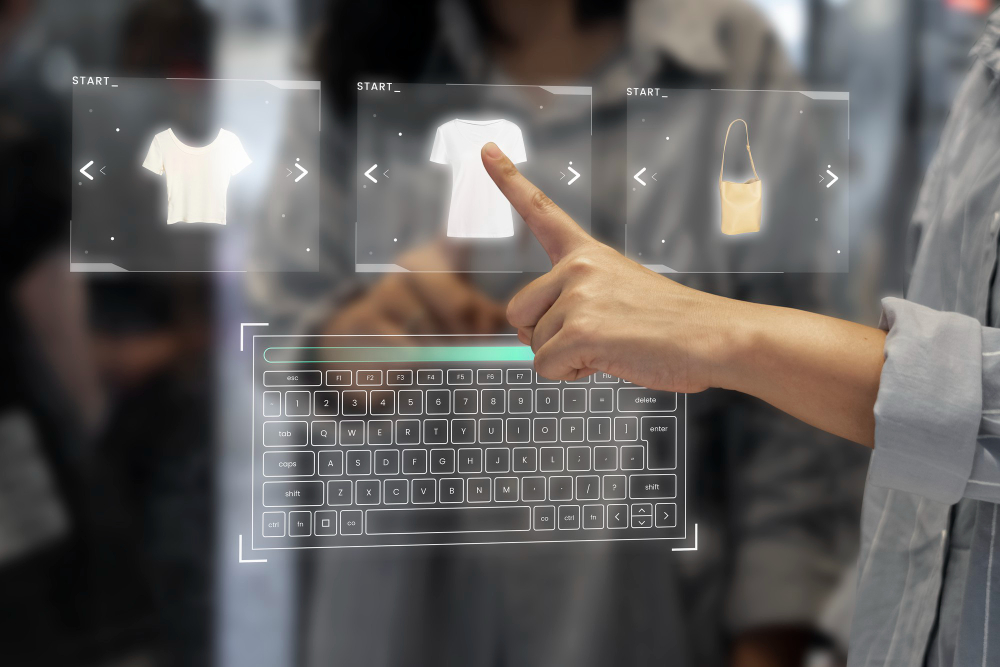The eCommerce industry continues to grow more crowded as well as full of opportunities. The expansion of online marketplaces like Amazon, eBay, Etsy, and Shopify creates new opportunities for adept entrepreneurs to establish scalable online businesses. But let’s be honest; manually managing a dropshipping business entails product sourcing, order fulfillment, return management, as well as customer response. Which can quickly become a full-time job at best.
That is the gap that eCommerce and dropshipping automation seeks to fill. By 2025 In my opinion, the use of automation tools and strategies will no longer be optional; those who wish to expand their businesses without exhausting themselves will need them.
In this article, I outline the ways in which automation and smart browser tools (like antidetect browsers) are redefining these processes, as well as explain what you can do to take advantage of the evolving landscape to build a better, safer, and scalable eCommerce business.
Why Automation Matters in Dropshipping
Every automation makes life easy: In a basic dropshipping system, these are some of the tasks the seller is expected to handle: – Create listings of products leaving from distributed stores to the seller’s store – Shack on inventory levels and pricing – Receive orders – Give updates on shipping status – Assist customers and process returns Imagine doing all of this for over 100 products across several platforms with multiple supplier accounts… You would probably find yourself overwhelmed with browser tabs and spreadsheets.
Automation shields you from all of those by:
- Automatically syncing inventory and pricing.
- Automating orders with suppliers.
- Sending packages tracking data to clients.
- Integration with so many sales channels.
- Assisting with scaling using the least manpower.
And the biggest one? It allows you to pay attention to the important things: product research, marketing, and branding.
The Force of Automation Applications
FACTORY.com is not the only webpage that hinders the automation mantra of “Business without borders, expansion without limits” in 2025. Below are some of the top instruments making automation achievable in 2025:
🔧 AutoDS
One of the most known all-in-one drops shipping platforms. It provides product sourcing, automated orders, inventory management and even AI-based product research.
🔧 DSers
Created for Ali Express dropshiping, also ideal for Shopify users. DSers provides bulk order processing, supplier mapping and order tracking synchronisation.
🔧 Zik
For eBay sellers, Zik is gold. It provides powerful product research and competitor analysis tools that well integrate with automated listers.
🔧 Shopify Flow
Powerful tool for Automation Workflows creation. You can define certain actions when certain conditions occur like sending a customer email whenever some item is restocked.
🔧 Zapier / Make (Integromat)
For all platform tools integration. Use it to build automation for sending customer emails, Google Sheets reporting, Slack notifications, etc.
If you’re scaling across multiple stores, like eBay or Facebook Marketplace, you will run into some challenges in unrestricted access. Most e-marketing platforms disallow the possession of numerous seller accounts, and once these platforms figure you out, there’s no turning back. This is where antidetect browsers come to the rescue.
What is an Antidetect Browser?
An antidetect browser is a tool that helps create independent browser profiles, each with a different IP address, device fingerprint, cookies, cache, timezone, and geolocation. This means you can unlink various seller accounts so that each one is treated as a distinct user by the platforms you are utilizing.
How It Works for E-commerce
For instance, assume that you have three eBay stores, each selling different items — home decor, electronics, and niche gadgets. With an antidetect browser you can create one browser profile per store, assign different proxy IPs, and manage all accounts without overlap. Advanced features, such as pairing each profile with automation tools like AutoDS or DSers, enable sellers to fly under the radar, while scaling their stores without limits.
Commonly used antidetect browsers:
- Multilogin
- GoLogin
- Incogniton
- AdsPower
These services are particularly valuable for agencies or high-volume sellers looking to manage multiple brands or clients.
Automation of Customer Support and Communication
Important note: automation goes beyond listing and fulfillment. Similar to sales, customer service is important — and automatable.
🤖 Tools like:
Zendesk or Gorgias for multichannel support (email, chat, social).
- Tidio or Chatfuel for AI-powered chatbots.
- Klaviyo or Mailchimp for automated email sequences (abandoned cart, order updates, and feedback request).
- An effectively configured customer support system can serve 80% of basic support issues so that your team (or just you!) can focus on sales and marketing.
Final Thoughts: Work Less, Sell More
In 2025, the key to success in dropshipping and ecommerce will not only rely on sourcing winning products, but also on building systems that can do the hard work for you.
With the help of automation tools and antidetect browsers, you are able to: Securely manage multiple stores
- Simplify order processing
- Provide efficient customer support
- Save time for growth
Whether you’re a beginner or ready to scale from 5 to 50 orders a day, remember, automation is always there to assist you.
Now is the time to build a business that works while you sleep.
